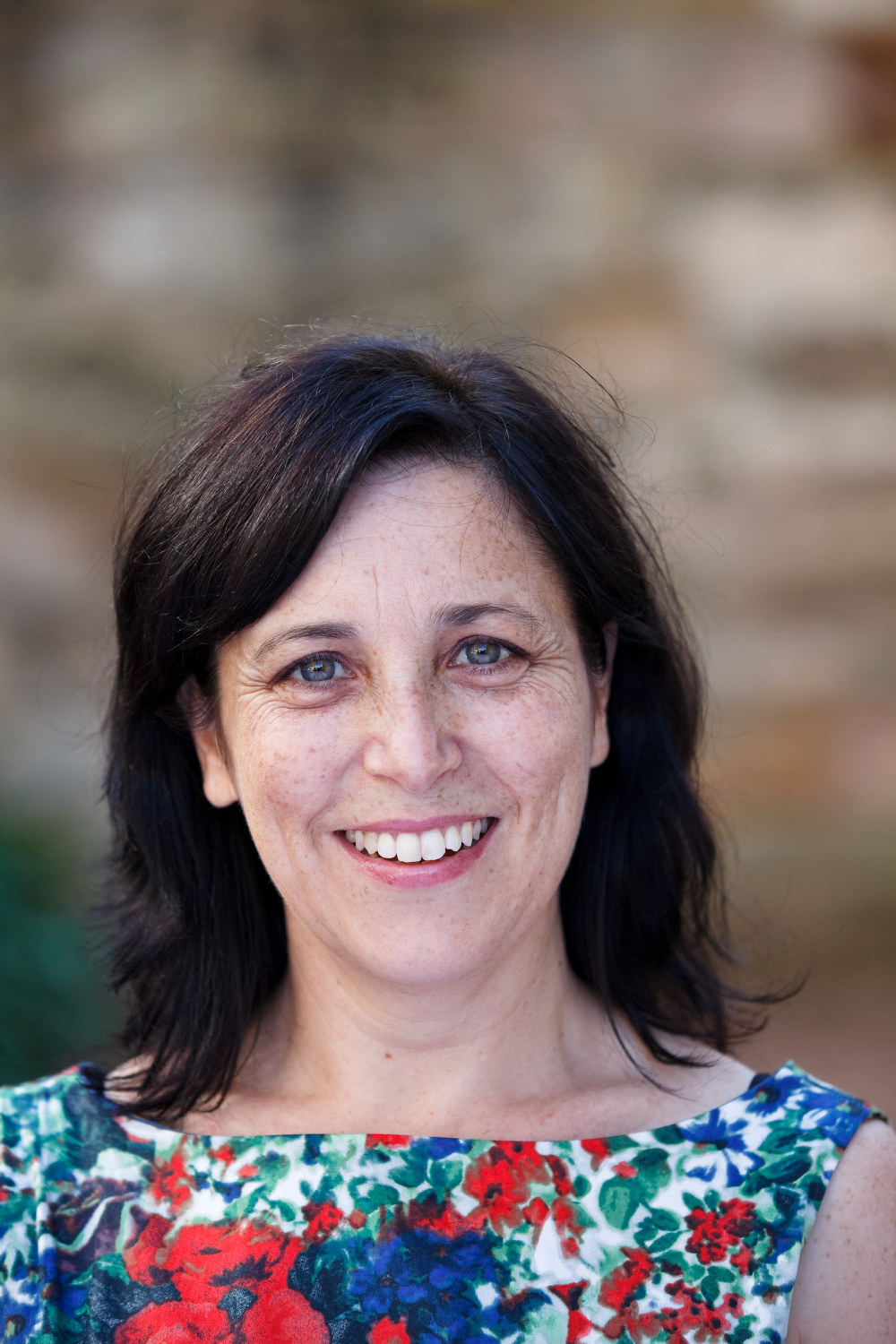The story of how to move a zoo
In the early hours of Sunday, 24 September 1916, an elephant named Jessie walked out through the gates of the Zoological Gardens at Moore Park in Sydney’s eastern suburbs and began an extraordinary journey through the city.
Accompanied by three keepers and followed in a car by Dr Robert Todd, a Taronga Zoological Park Trustee, Jessie was shepherded along Dowling, Flinders, Bourke, Woolloomooloo and Palmer streets before crossing the Domain and continuing her journey down Macquarie Street to a waiting vehicle ferry at Bennelong Point. Jessie’s feet became sore as she walked on the hard road surface, and along the way a horse attached to a milk cart took fright and bolted. With a little coaxing, Jessie stepped onto the ferry, where she ‘stood as still as a rock’ during the 35-minute voyage across Sydney Harbour to her new home at Taronga Zoological Park.1
Weighing around 4 tons (over 4000 kilograms), Jessie was the largest of the animals to be moved in an operation dubbed a ‘miniature Noah’s Ark’. Hundreds of animals and birds walked or were carted or carried through the city to their new home.2 Sydneysiders were drawn out to see the spectacle, alerted by the unfamiliar noises:
"Mournful yells from hyenas, angry roars from lions and tigers, good-humored snorts from gigantic elephants hauling a veritable menagerie of wild beasts confined in cages, have of late disturbed the early morning serenity of Sydney streets.3"
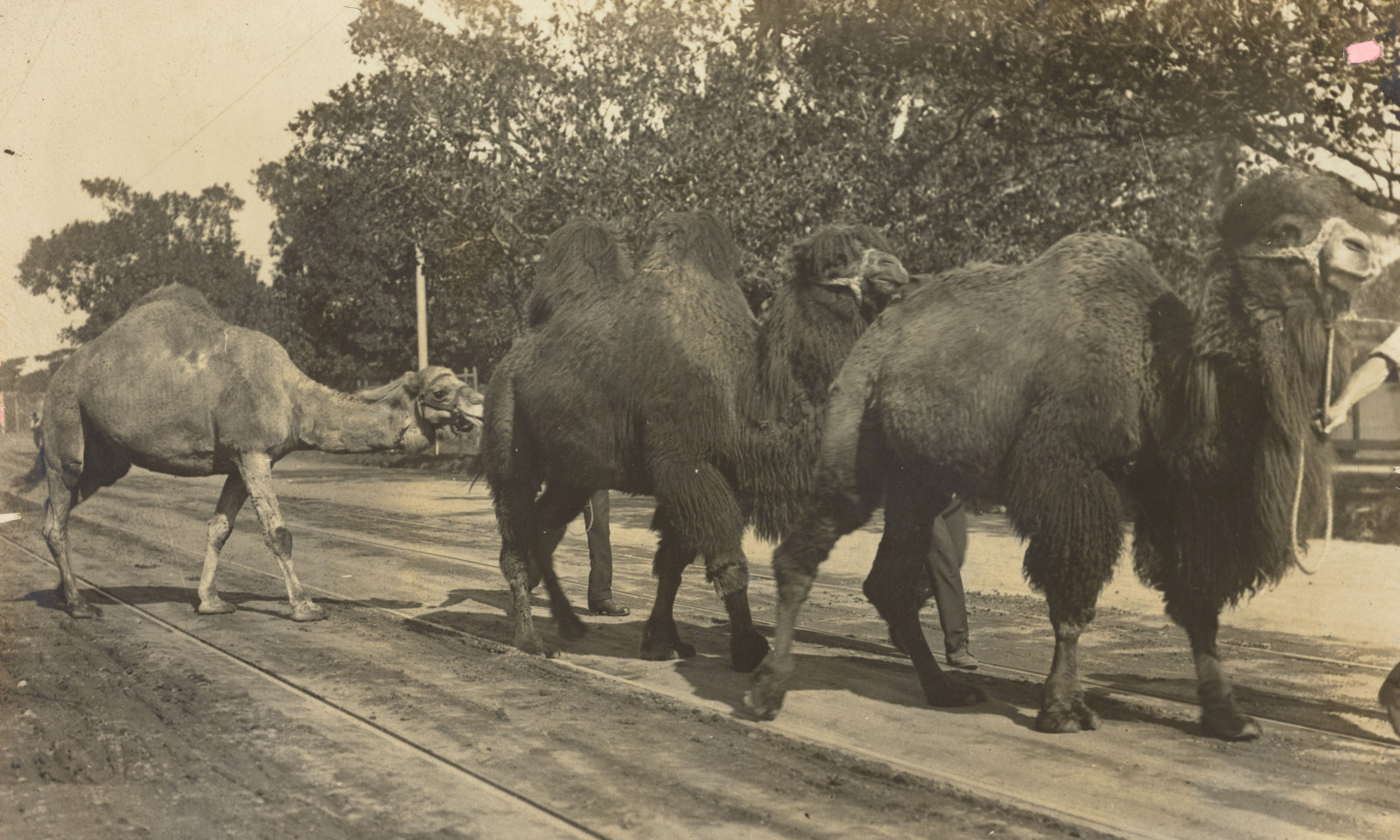
Moore Park: Sydney’s first public zoo
The NSW Zoological Society (later the Royal Zoological Society of NSW) was established in 1879. Its initial aim was the ‘introduction and acclimatisation of song birds and game’, but attention soon turned to the establishment of Sydney’s first public zoological gardens.4 The society secured a lease from the City Council of 7 acres at Moore Park known as Billy Goat Swamp, and in 1881 this was increased to 12.5 acres. From its inception, the society relied on government grants to develop and improve the zoo.
An elephant was regarded as vital for the zoo to prosper – as a drawcard and for the income generated from rides. By the end of 1883, Moore Park had not one but two elephants. A male elephant, a gift from the King of Siam, arrived in July and was promptly named Jumbo after the African elephant made famous by P T Barnum’s circus. Jessie, purchased from the Calcutta Zoological Society, arrived in November. Jessie lived until 1939, and became one of Sydney’s most beloved zoo animals, the ‘children’s favourite’, ridden by thousands of visitors at Moore Park and later Taronga. She even entered the local lexicon, with the evocative description of an audacious person as having ‘more hide than Jessie’.
By the early 1900s, the zoo boasted refreshment rooms, gardens and shelters for picnics, musical performances, animal rides, and displays of native and exotic animals, including an orangutan, a polar bear, ‘cages full’ of lions, tigers and leopards, as well as bears, dingoes and hyenas, a flock of flamingos, emus and songbirds.5 While popular, it faced difficulties. The site (living up to its former name) was prone to flooding, it was dusty and windswept, and the trams and traffic that ran alongside were noisy. In 1902, the wallabies contracted bubonic plague, forcing the zoo to close for four months and the loss of numerous animals. Despite another small increase in land in 1905, taking the site to 15 acres, the zoo had outgrown its location. There was also growing criticism of conditions, with animals housed in small barred cages and enclosures with concrete floors and often little sunlight.
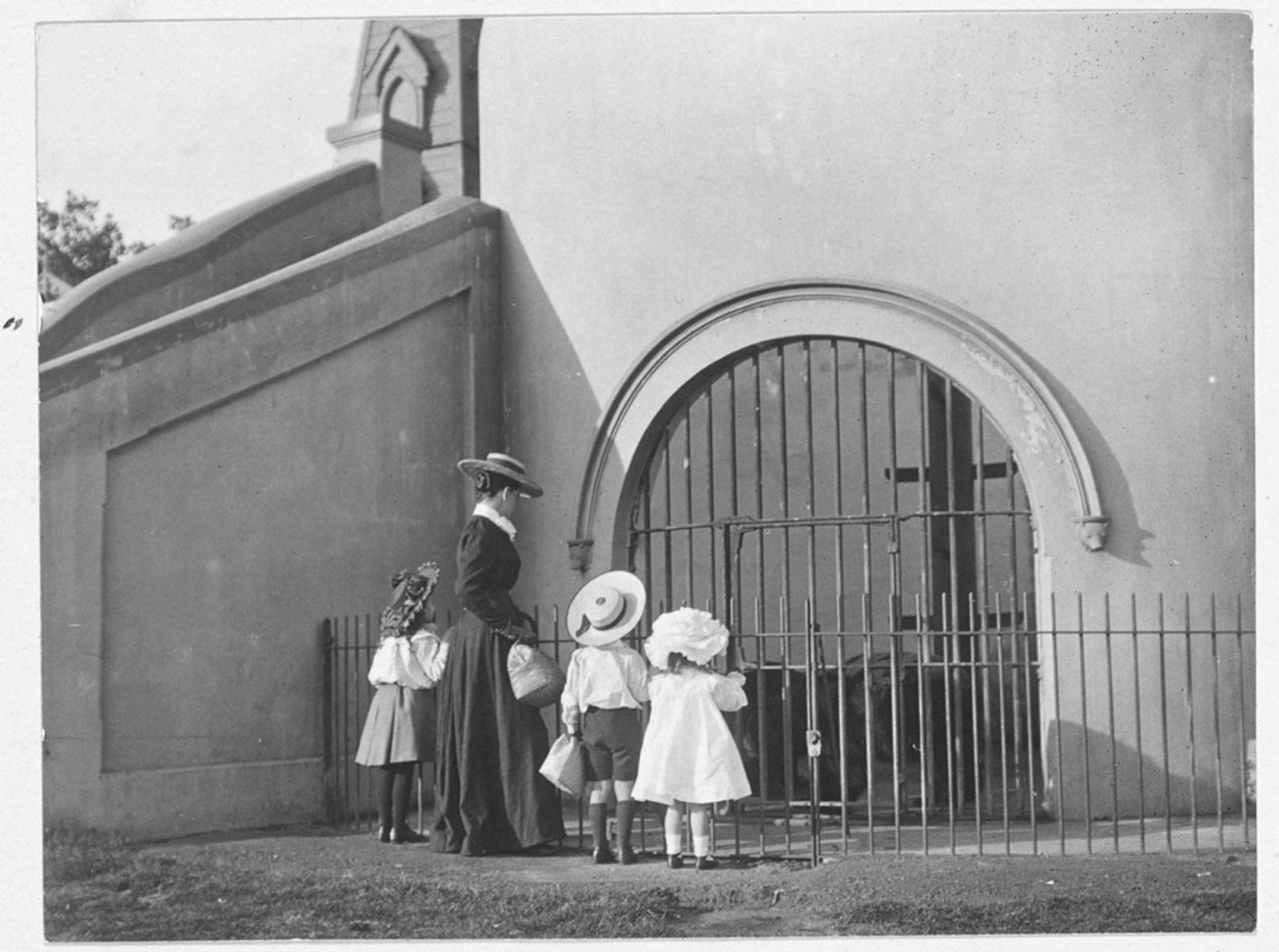
‘… not worthy of a great and important city …’ 6
Change was needed, and a young and passionate advocate for reform was found with the appointment of Albert Sherbourne Le Souef to the role of secretary (equivalent to zoo director) of the Zoological Society in 1903. In 1908, Le Souef and Dr Robert Todd undertook a world tour of zoos, returning with a vision inspired by the bar-less open-air enclosures of the Hamburg zoo owned by Carl Hagenbeck, founder of the modern zoo.
Various locations for the new site were proposed, including Long Bay, Upper Lane Cove, Harris Park, Tempe, Little Coogee Bay, Rockdale, Queens Park, Maroubra, Bondi and Vaucluse. However, Le Souef had his eye on a site at Bradleys Head on the northern shore of Sydney Harbour that offered bushland, coastal views and proximity to the city. In 1911, at an event during which Acting Premier Holman announced the government’s policy of ‘preserving the foreshores of Sydney Harbour for the people’, the president of the Zoological Society, Charles Hedley, put forth the case for a portion of Mosman’s Ashton Park to be reserved for the new zoo.7 Appealing to civic pride, Hedley declared the ‘mean and unhealthy grounds’ of Moore Park ‘not worthy of this wealthy State, of this great city’ and claimed that Sydney deserved a zoo equal to other cities’ and on a par with public institutions such as museums, libraries and art galleries.8 The following year, over 40 acres were set aside for the new zoo.
A zoo in the making
Taronga Zoological Park was carefully planned to take advantage of the site’s natural rocky slopes and to preserve as much of the landscape as possible. The new enclosures were formed from natural and artificial rock and – in the case of the seal ponds – imitation ice floes. Le Souef made models in plasticine and worked out the dimensions of the moats based on how far animals could leap; after all, there would be ‘nothing between the public and the animal but air space’.9 As enclosures were completed, animals were introduced to test if they were escape proof. The rhesus monkeys happily obliged by escaping, whereupon the height of the walls was increased.
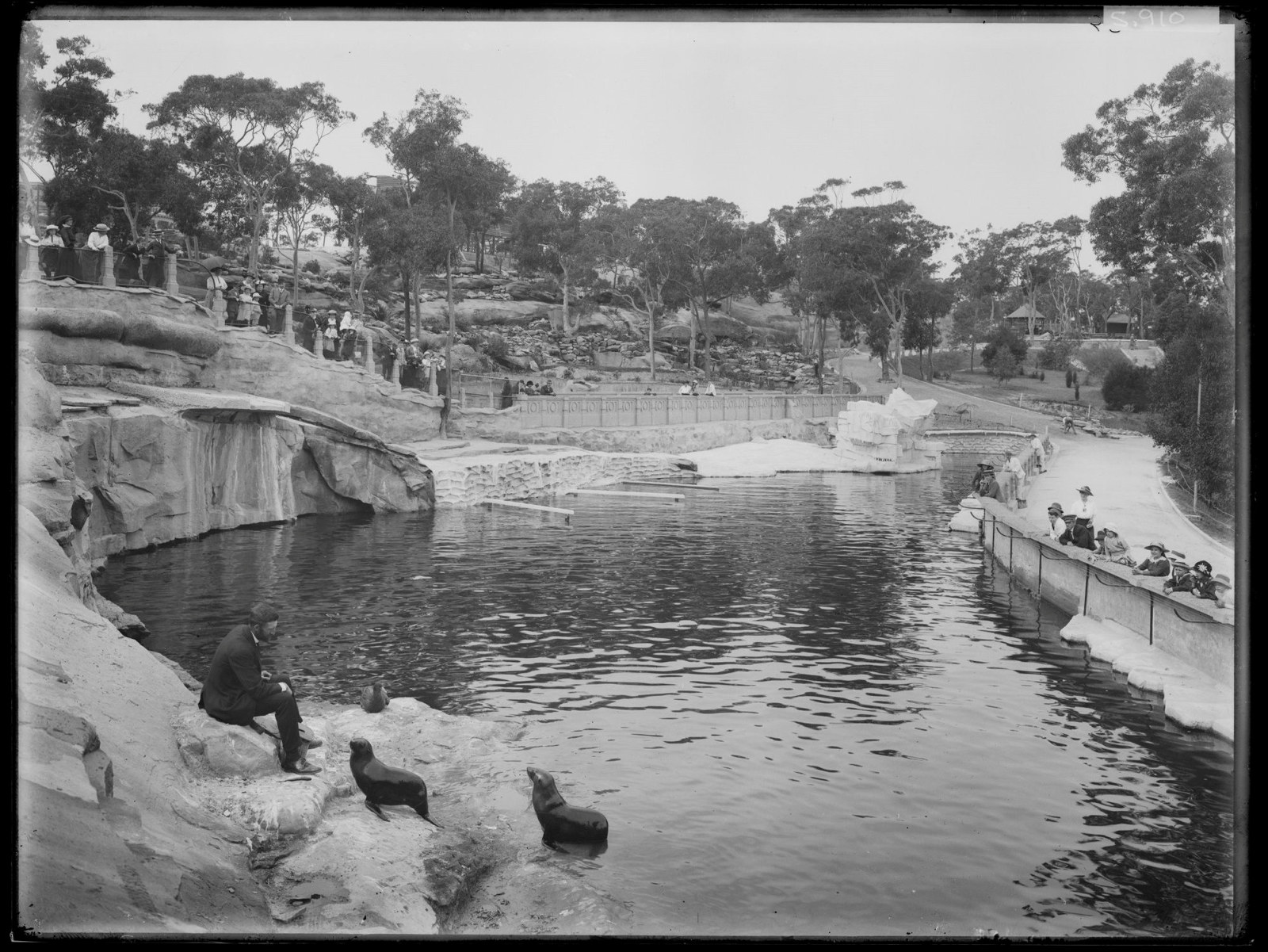
As the opening approached, the government offered a free day at the zoo for every schoolchild in metropolitan Sydney. While this was primarily a way of advertising Taronga, it also provided a much-needed moment of joy to children and their families living through the trauma and upheaval of the Great War. Between 100,000 and 120,000 children (along with their mothers and younger siblings) visited the zoo over several months under the scheme.
"Rushing and shouting they broke loose up the hillside, tearing across lawns and flower beds and spilling peanuts as they ran in a wild contest to reach the monkey cages first. There was something in the scramble which recalled that dash up another hillside – the dash by the elder brothers after the Turk at Gallipoli.10"
On 7 October 1916, in the presence of invited guests, Taronga Zoological Park was officially opened by Premier Holman.
More than 100 glass-plate negatives documenting the early years of Taronga and the final days of Moore Park Zoo are housed in the collection of NSW State Archives. Recently digitised, these extraordinary images allow us to reimagine this unique Sydney story and meet the animals that delighted generations of Sydneysiders.
Moore Park and Taronga Zoo
Click on an image below for a closer look.
Footnotes
1. ‘Shifting an elephant’, The Evening News (Sydney), 25 September 1916, p4.
2. By the end of 1916, Taronga Zoological Park was home to 228 mammals, 552 birds and 64 reptiles.
3. ‘Sydney’s new zoo’, The Leader (Melbourne), 7 October 1916, p51.
4. J H Prince, The first one hundred years of the Royal Zoological Society of NSW: 1879–1979, Royal Zoological Society of NSW, 1979, p7.
5. Advertisements for Zoological Gardens, Moore Park, The Australian Star, 14 April 1900 and 11 April 1903, p2.
6. Deputation made by members of the NSW Zoological Society to Chief Secretary Hon W H Wood, 16 July 1909, Colonial Secretary, NRS 905 [5/7006] 09.37269, NSW State Archives.
7. Annual Report, Taronga Zoological Park Trust, 1916, Parliamentary Papers 1917–18, vol 4, NSW State Archives.
8. ‘For the people’, The Sydney Morning Herald, 21 July 1911, p6.
9. ‘The old zoo and the new’, The Sydney Morning Herald, 14 October 1916, p7.
10. ‘100,000 children’, The Sydney Morning Herald, 12 September 1916, p8.
Published on
Related
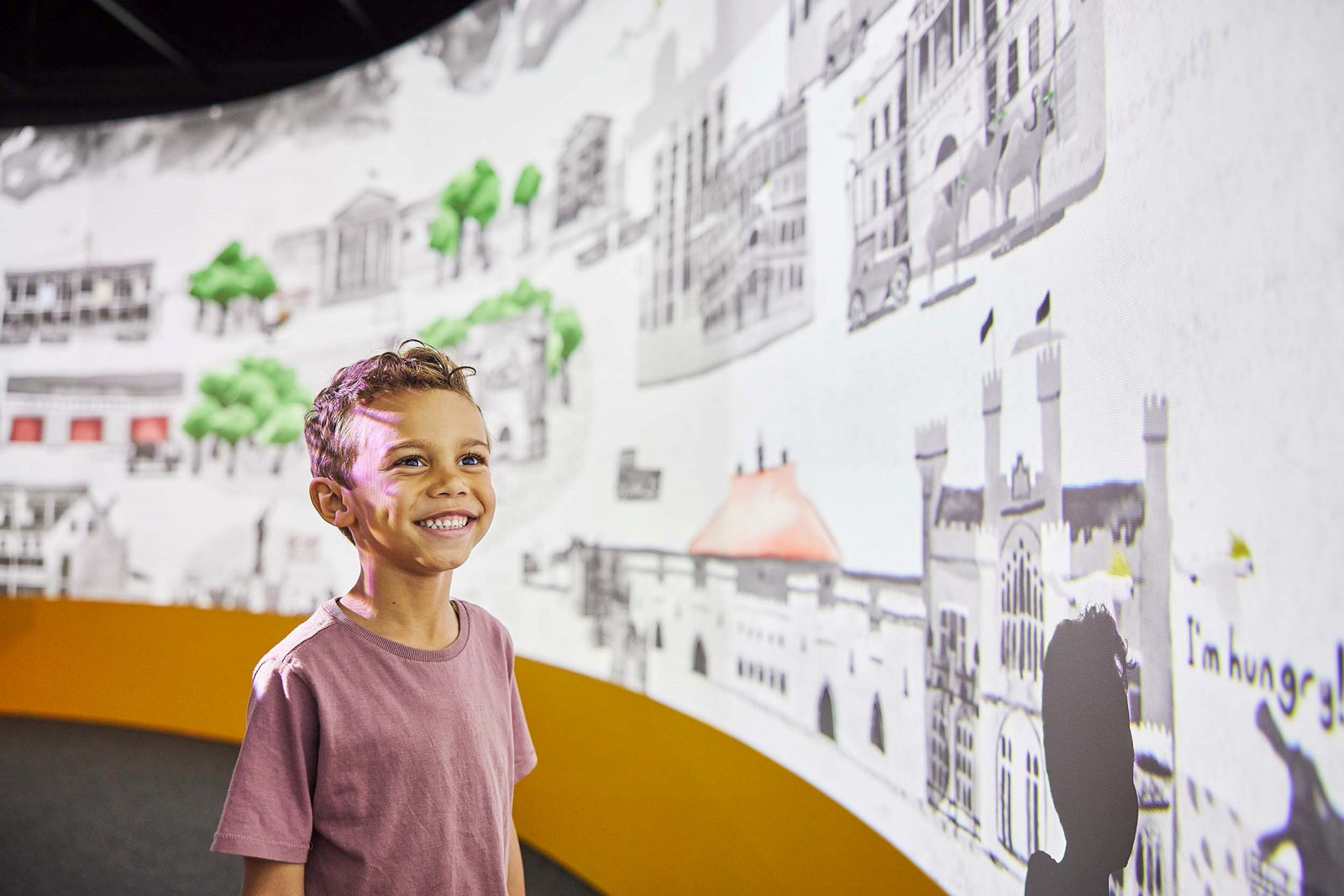
About How to Move a Zoo
During the summer of 2021–22 this exhibition showed how hundreds of animals journeyed across the city to their new home at Taronga Zoological Park in 1916
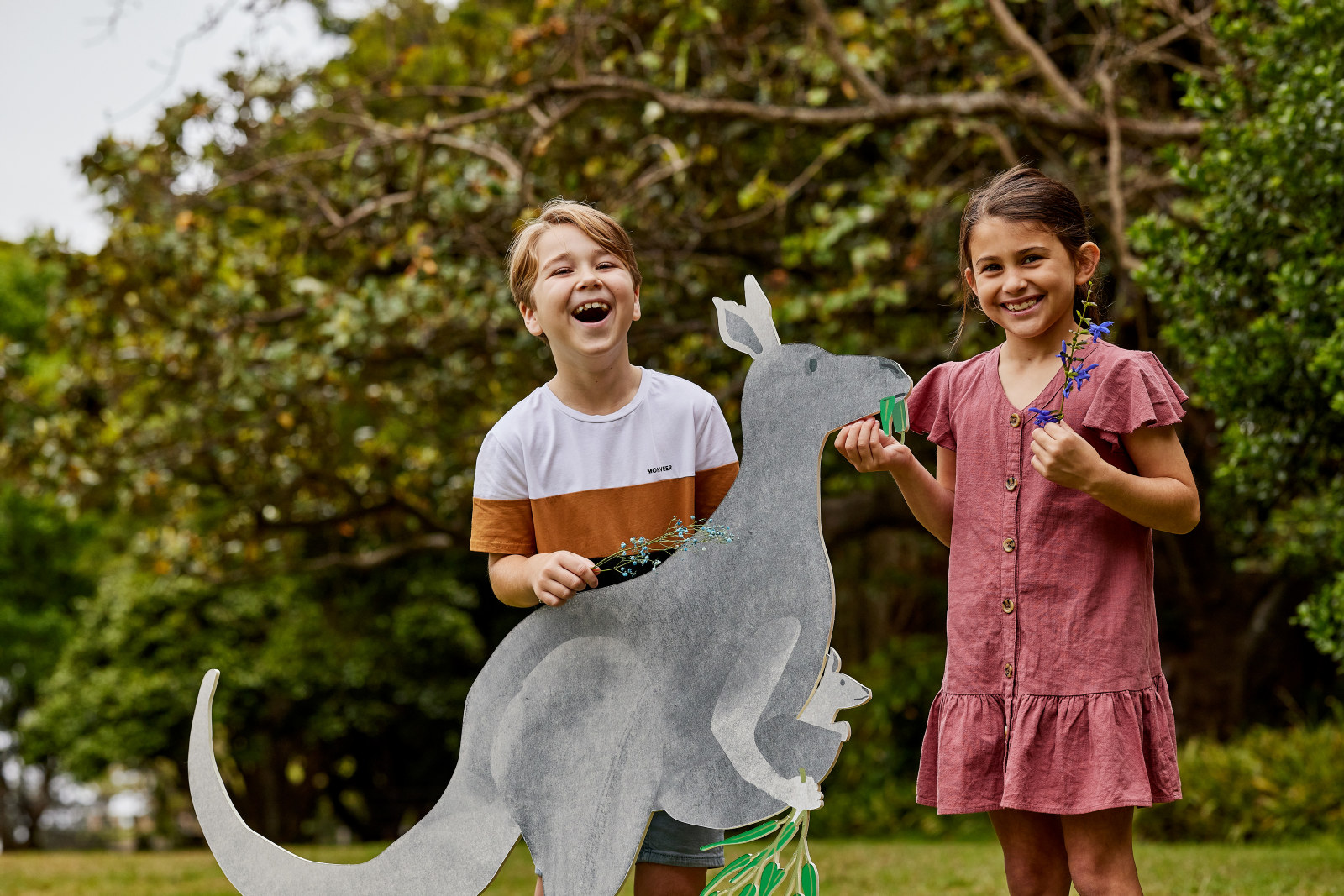
Past Exhibition
Past exhibition
How to Move a Zoo
More than a hundred years ago, Sydney’s residents were woken by a cacophony of weird and wonderful noises. The zoo animals were on the move
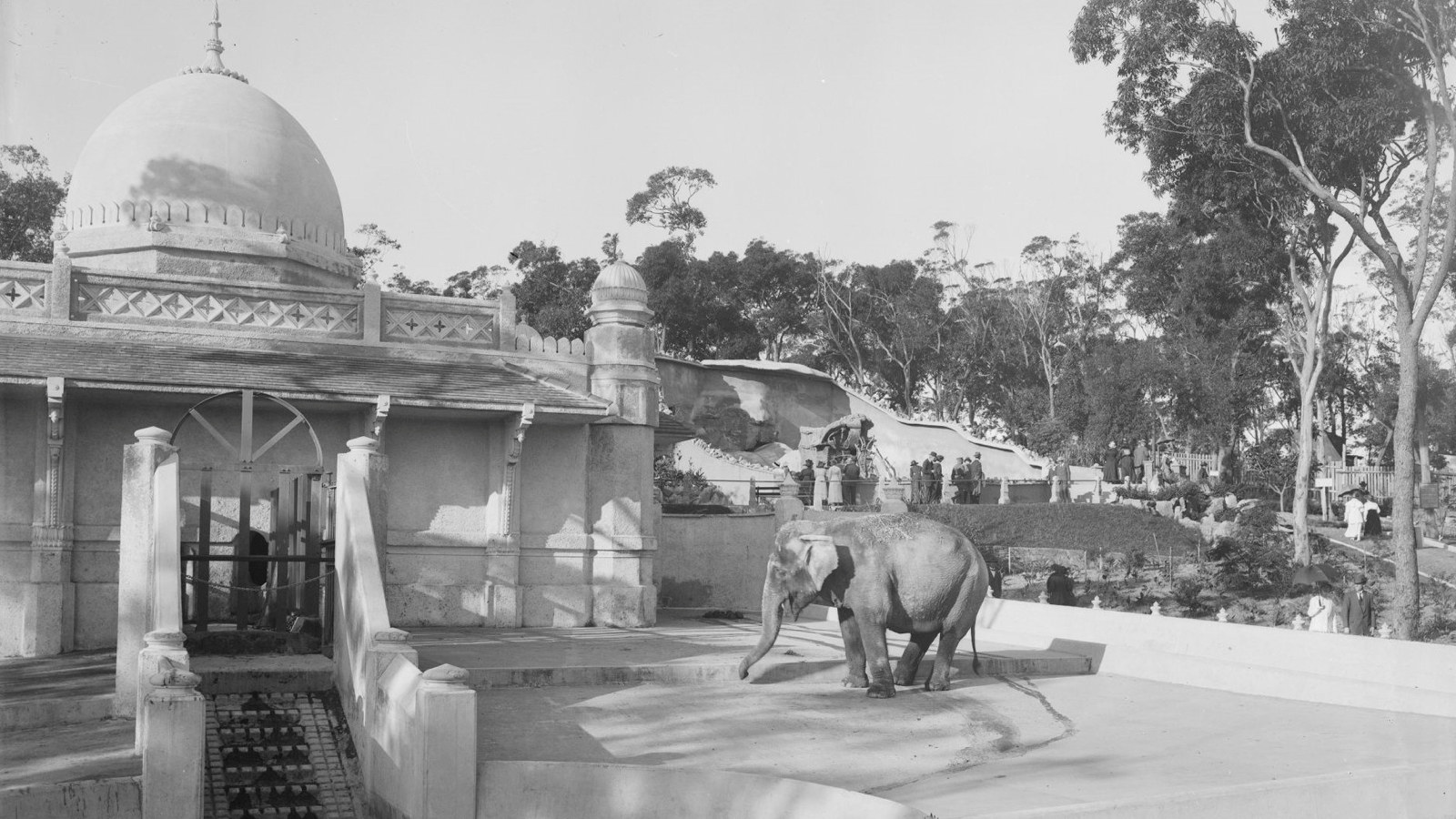
Jessie the elephant
More than any other zoo animal, Jessie the elephant captured the hearts of Sydneysiders, delighting visitors at Moore Park Zoo and then Taronga for more than 50 years
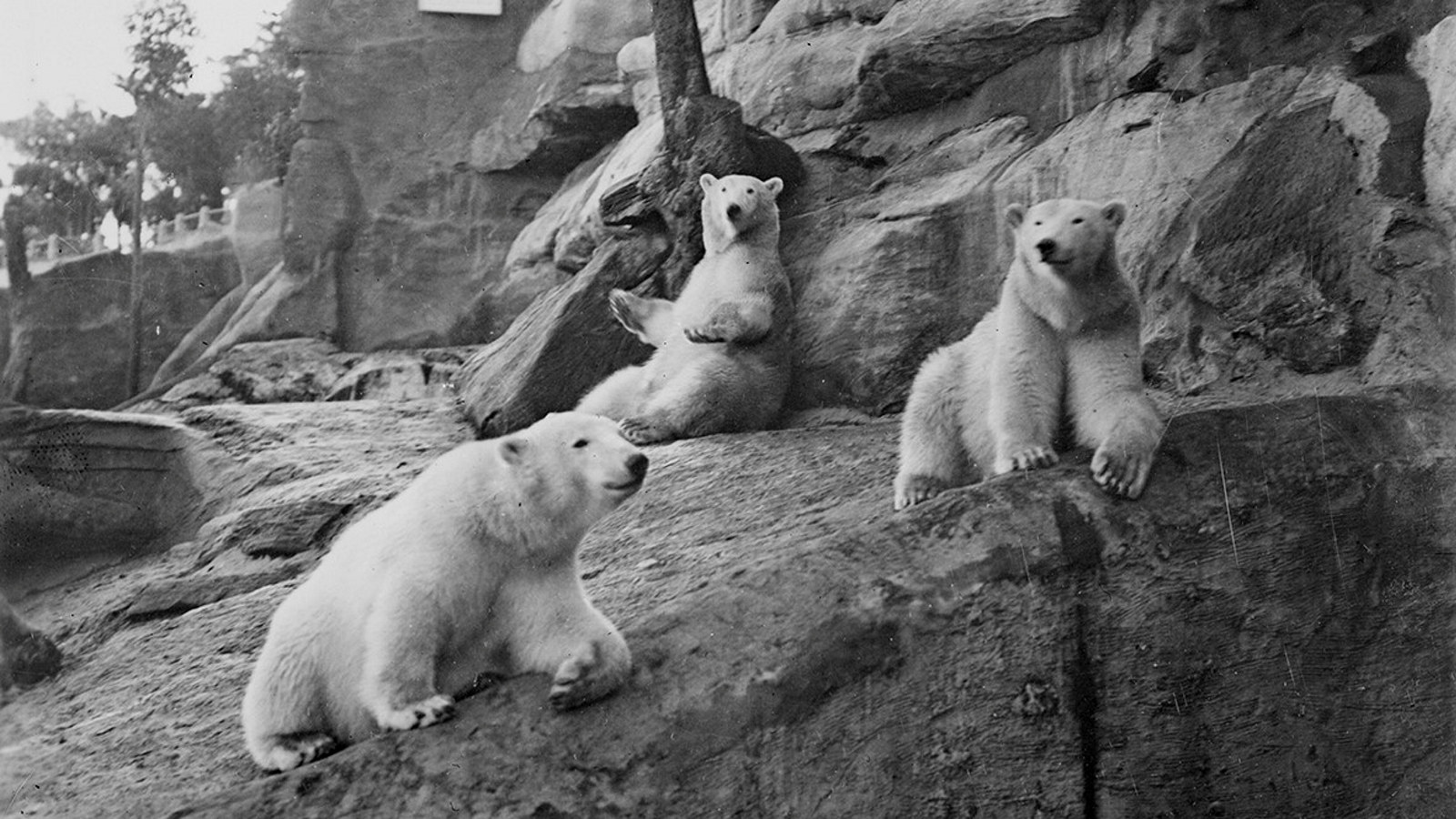
Zoo Stories
Discover the incredible true story behind the Museum of Sydney's exhibition How to Move a Zoo
